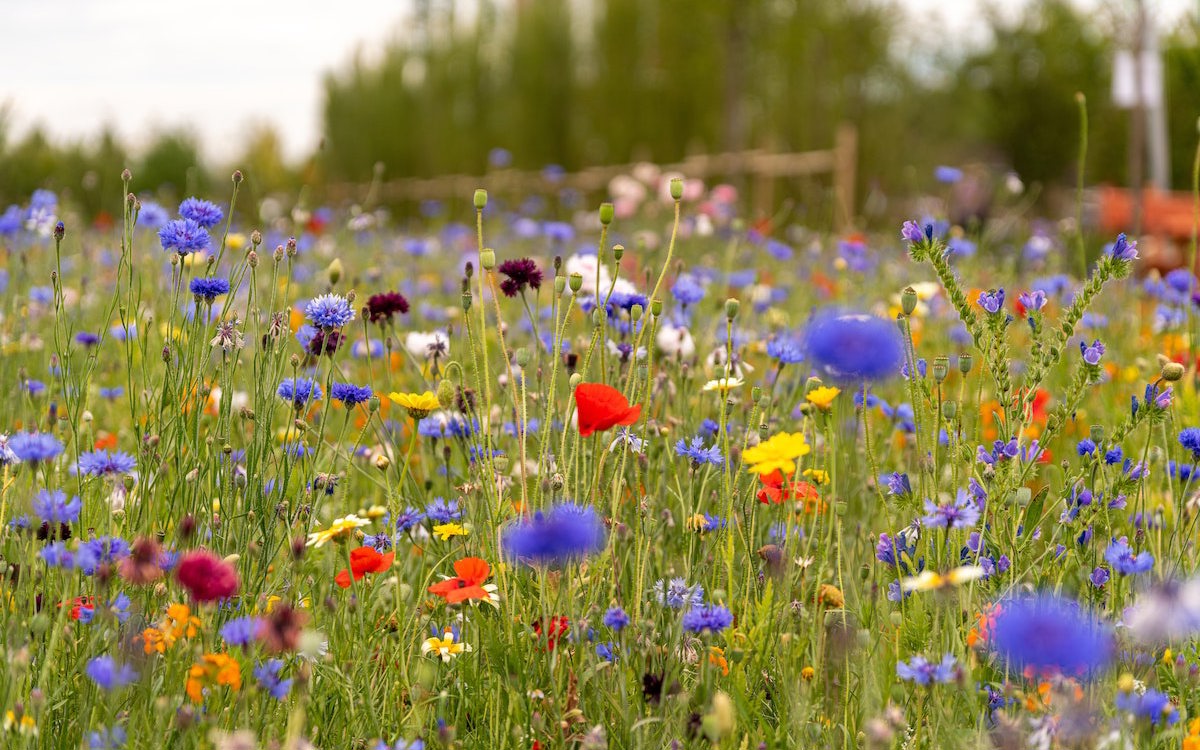
Did you know bees play a vital role in our ecosystem? However, these crucial insects have become less common over recent years.
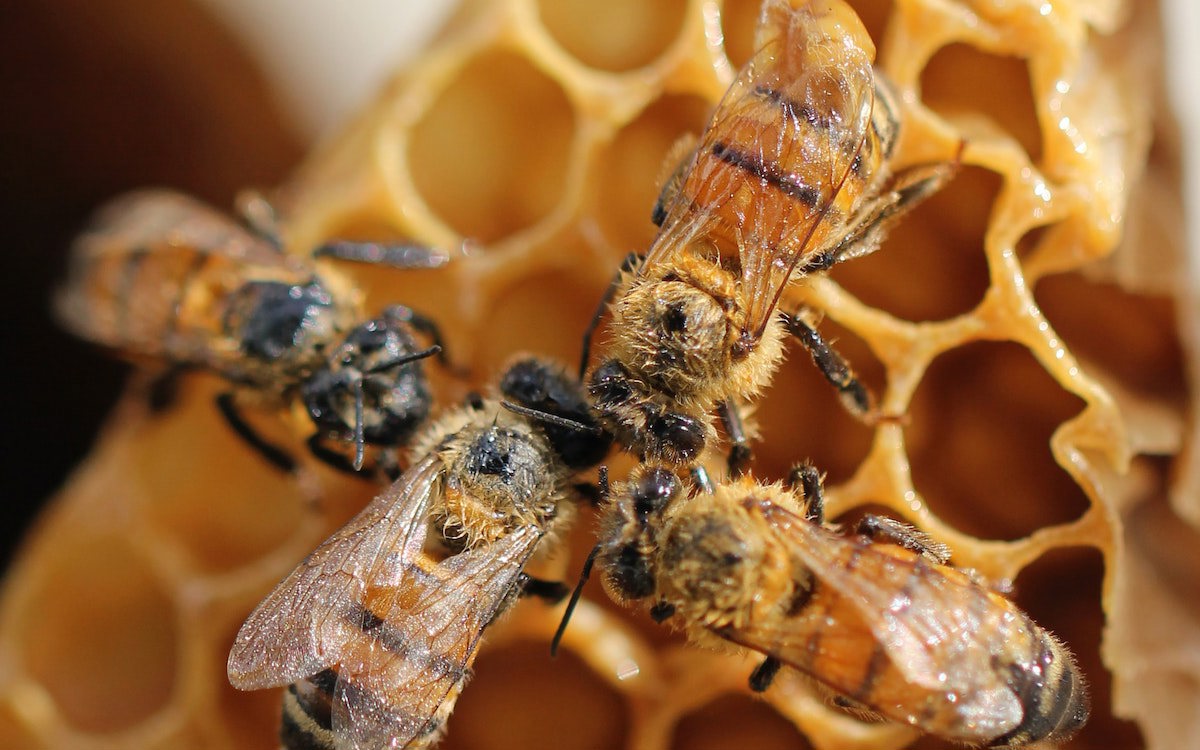
We have bees and other pollinators to thank for over 90% of the wild plants we see as well as 75% of leading global crops which depend on animal pollen to thrive. Our gardens can provide bees with all the nectar and pollen they need to not just survive but also thrive. As bees need both nectar, which provides them with the energy to fly, and pollen aka the protein to help them grow, it's best to grow a good mix of flowers to provide both nectar and pollen for a wide range of bee species.
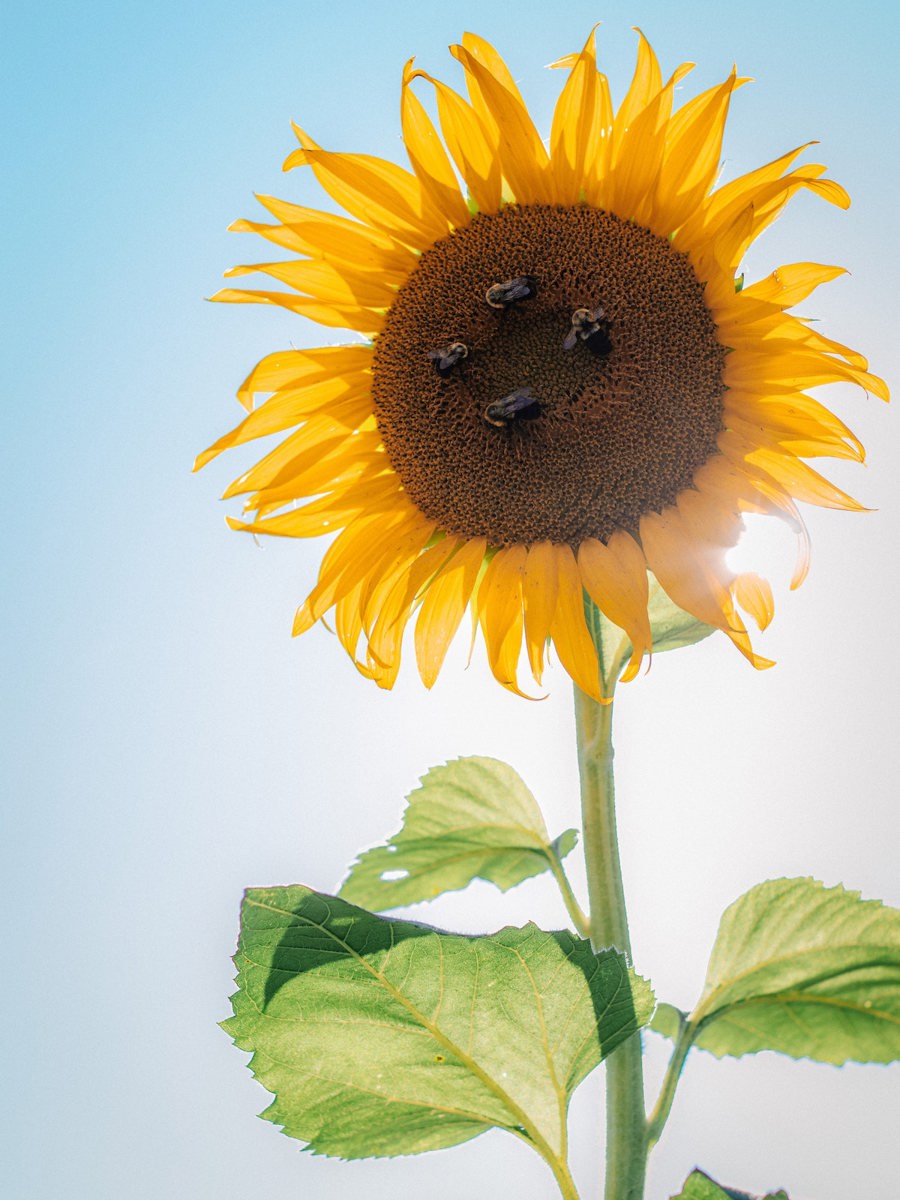
Bees like cottage garden flowers and native wildflowers such as Primrose, Buddleia, Marigolds, Pansy, Zinnia and Sunflowers.
Sunflowers as the name implies, bring sunshine to even the greyest of days. A row of sunflowers planted along a fence will work wonders for the well-being of bees. Sunflowers are unique flowers 'A single sunflower is not one flower, but hundreds. Hundreds of mini flowers housed in one superstructure that we know as the sunflower,' explains Ashely Densham from the University of Melbourne. So even a single sunflower can offer bees a world of nectar and pollen, an easy win.
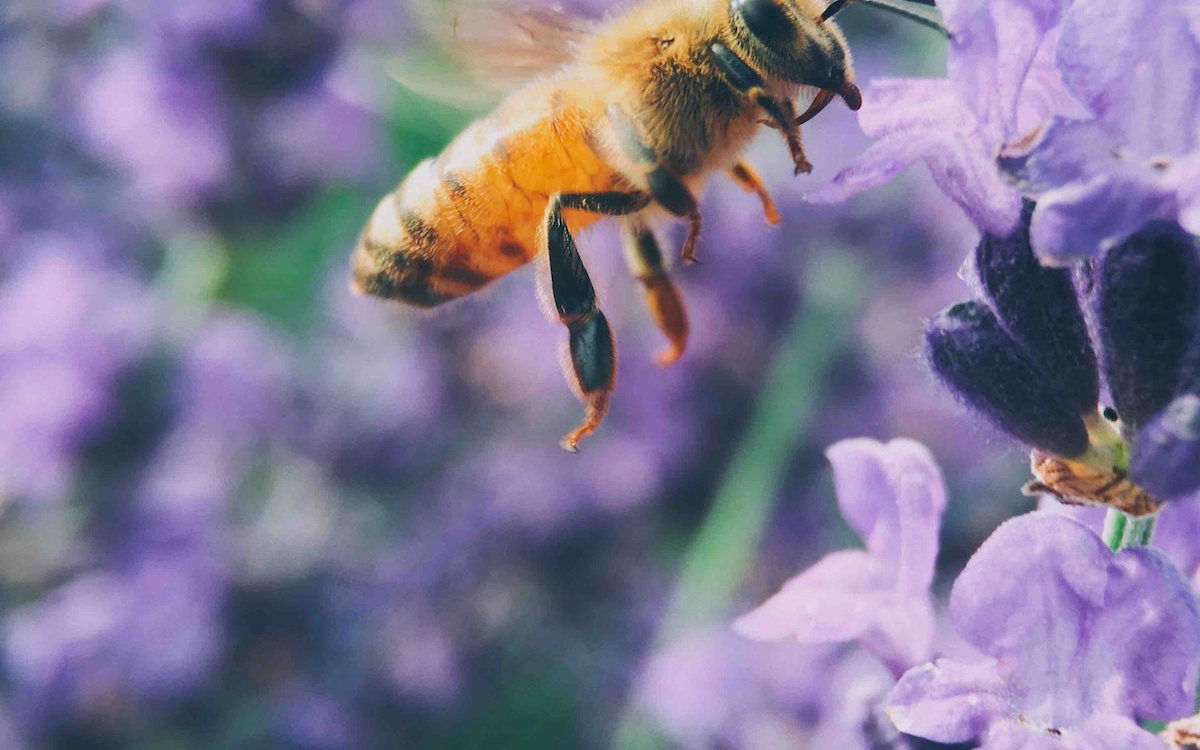
While a colourful mix of flowers is best bees see the colour purple more clearly than any other colour. So we recommend planting at least one purple or lilac flower within your garden, like lavender, alliums, and catmint.
Season’s greetings
The best time of year to get planting is in Autumn. Planting seeds or bulbs at this time of year gives them the best chance to bloom in early spring.
Bees are most active during the summer months however in mild winters some bees emerge from hibernation early. Aim to have nectar or pollen-rich plant that flower during winter. Plants such as winter honeysuckle, and winter clematis are perfect for this.
Gardening for beginners
If this all sounds exciting but gardening isn’t your forte don’t panic. There are alternatives on the market to help your garden grow with minimal effort. ‘Bombs’ from brands like Kaboom and ‘bee bombs’ simply scatter seeds straight onto open ground. Once scattered they need lots of water, sun and time. Wildflowers are slow growers but over the coming summer seasons, you will see your wildflower meadows come to life.
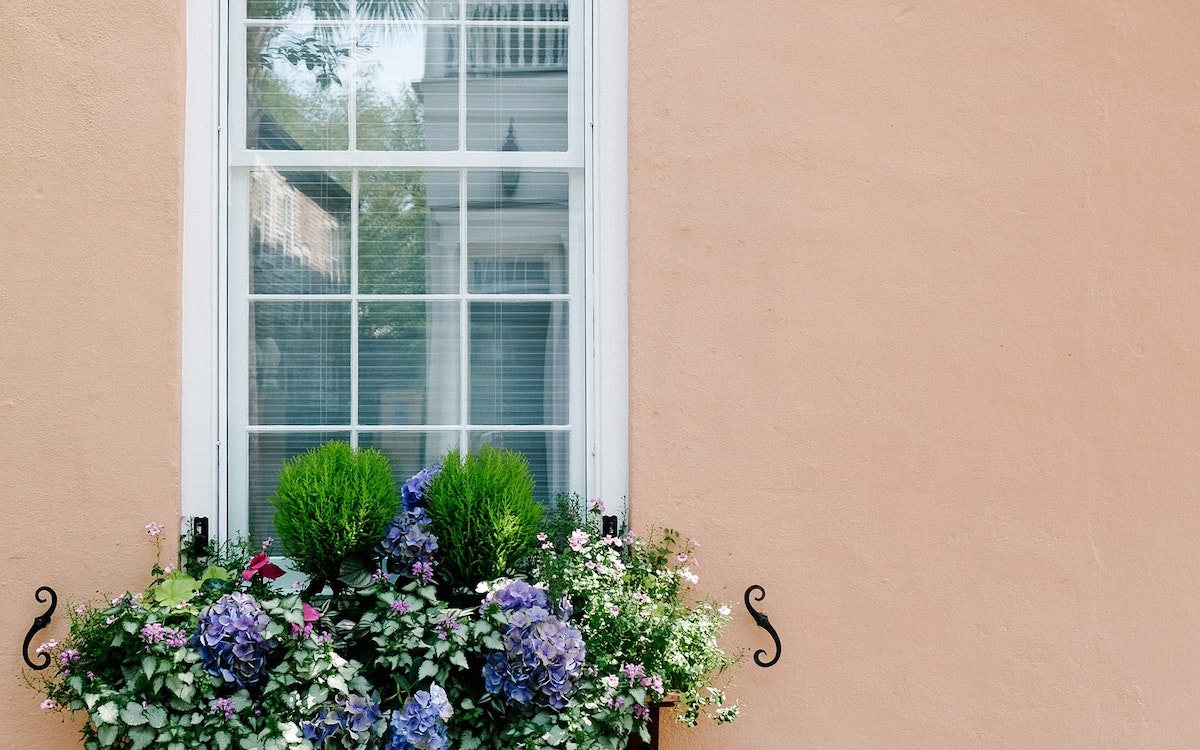
‘But I live in the city centre with little to no garden’ I hear you say, fear not! Try planting a sunflower or some wildflowers in window boxes on a large outside window sill or add a selection of plant pots to a balcony or steps onto a townhouse flat.
Time-out
Just like us bees need rest. Some bees like hives or nests to rest in. Solitary bees prefer to lay their eggs in small holes. Why not make a ‘bee hotel’ either made from a selection of sticks and wood. You can buy ready-made ‘bee hotels’ and 'bee bricks' like this one from Waitrose, so it doesn’t need to take time.
Seen a bee struggling? Here are the best ways to support them.
If your garden is full of the bee-friendly flowers we mentioned you can put the bee onto a bee-friendly flower.
When there are no bee-friendly flowers around, mix 50/50 white sugar and water, either on a teaspoon or an upturned drinks cap in a sheltered place. Giving the bee a one-off energy boost, and providing carbohydrates to help it fly.